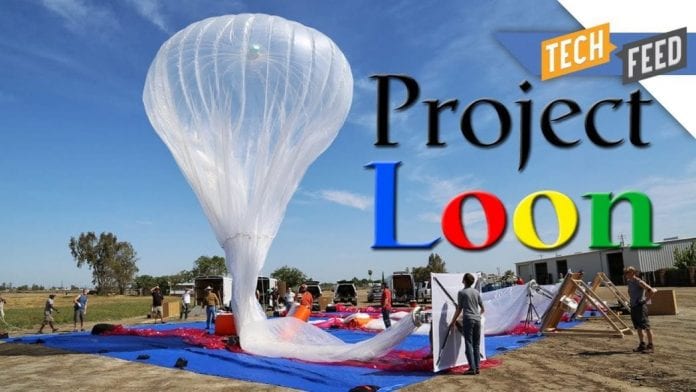Google X lab recently launched a one balloon into the stratosphere in Peru, and the balloon stayed there for about 98 days.
The issue of sending balloons into the stratosphere is well known for the Google X lab, which is now known as simply X. The company had a name change after the spin off of Google into Alphabet. X is also were the Project Loon is, as the company plans to give people internet from the stratosphere. The company wants the balloons to fly to places that are not known to have Internet so that they can stay there long enough to provide a good connection to these places. The problem they face however is that balloons do tend to fly away.
Therefore the news that they managed to keep one airship in the same Peruvian airspace for more than three months is a huge landmark. Another amazing feature is that the landmarks are able to move in only two directions, up and down. They act like hot air balloons as they avoid the weather and avoid the weather rather than pushing through.
The Loon team has been using artificial intelligence to navigate instead of the jet propulsion system. The term ‘artificial intelligence’ is used in the broadest way possible simply because it is an algorithm that is used to guide the balloons’ altitude. This represents the great shift in the tech world that has been happening recently.
At first, the Loon balloon is guided with some handcrafted algorithms. These algorithms respond to several variables that are set such as location, wind speed, altitude and time of day. The new algorithms do make use of the artificial intelligence. After analysis of the data that they get they can eventually get better.
Former Google search engineer, who was part of the work at Loon, Sal Candido said that they wanted to have more of the machine learning in all the right places. The algorithms are also making things way better for people in a way that no one could.

However, Candido noted that the machines are not always in a good position to make the right decision. The kind of rise in machine learning at X is the same that has been happening across all Google companies and some other tech companies too.
These companies are moving towards the neural networks, specifically. This is the type of technology that is being used on Android phones, on Facebook for photo viewing, to help choose links on Google and so much more. Back then, the engineers used the algorithms they had handwritten to power Google Search, but with AI now, the machines can learn for themselves and improve their data.








